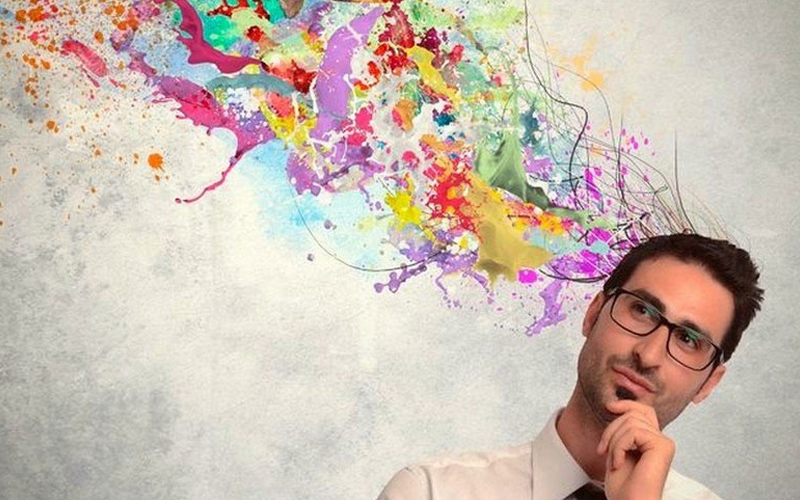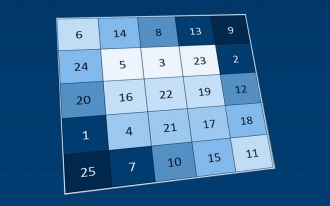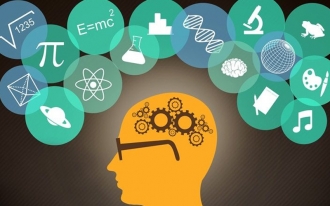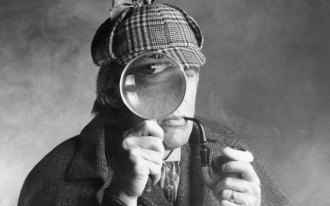- BRAINTRAIN |
- Blog |
- Thinking |
- Developing Creative Thinking

Bogdan Moroz 18.10.2019 7815 Comments
Creative personality is defined not by professional skills, experience, or knowledge, but by a unique way of thinking, often called “creative thinking”. If you’ve heard claims that some people are born with creative problem-solving abilities while others lack them, you’ve likely encountered misinformed views that mistakenly tie thinking styles to physiological traits. In reality, efforts to activate this process, including thinking trainers and various exercises in spare moments, have a high chance of success for every individual.
Why Develop Creative Thinking?
Creative thinking can be described as the highest level of creativity, where an individual doesn’t copy what they’ve seen but creates something entirely new. This applies to artistic pursuits like painting, sculpture, or music, as well as solving complex, unconventional problems in any field.
Creative abilities are a company’s or individual’s most valuable asset, enabling rational solutions, identifying opportunities, and determining the right course of action. A thinking individual is always valued by a competent leader, regardless of their role. A creative approach optimizes processes, reducing time and resource costs. This skill is invaluable in entrepreneurship, distinguishing successful businesspeople from those following standard paths. When problems disrupt a seemingly perfect plan, some fall into despair and blame external factors, while others quickly find unconventional solutions and emerge victorious.
Biographies of successful people across fields reveal a pattern: none started with all necessary resources or ideal conditions. Most faced obstacles, overcoming them to grow more experienced and successful with each challenge.
What Does Psychology Say About Creative Abilities?
Most researchers agree that there’s no inherent predisposition for more or less intense creative development. Every individual is equally endowed with non-standard creative thinking, which can be awakened or suppressed by conforming to societal norms.
Creative thinking is the highest stage of mastering a skill, which not everyone reaches due to various factors. The first stage involves observing and copying another’s actions. With repeated practice, these actions become automatic, marking successful skill acquisition.
The pinnacle of mastery is creativity, where an expert stops copying and strives to create something new, relevant, rational, convenient, and beneficial. For example, a aspiring chef learns techniques by observing and practicing until automatic. They study classic dishes to replicate them. At the highest level, with vast knowledge and experience, they create original dishes, earning fame for unique flavors that draw crowds.
How to Influence Creative Thinking and Why?
Creative thinking is inherent from birth, so activating and developing it can yield significant results. Creative thinking should become a habit for success.
Psychology to the Rescue
Working with the conscious and subconscious activates dormant creative abilities. A common exercise involves associations that spark new images. Associations create unexpected neural connections, a highly individual process. It’s not enough to find an association; you must shape it into a logical image with specific traits and solidify it in your mind. Many online trainers use this principle, but a pen and paper can be just as effective.
Ready-Made Frameworks
These psychological exercises aim not to train creativity but to find unconventional solutions to immediate problems. Psychologists have developed and tested methods to tap creative potential, detailed in literature and our articles. These tools don’t solve every task but encourage creative thinking. Examples include Gianni Rodari’s “Fantasy Binomial,” covered in another article.
Brainstorming
A collective method for finding creative solutions. A group exchanges ideas, which can be used directly or spark associations in others. Multiple creative perspectives on a problem are more effective for rational solutions.
24 Minutes to Awaken Creative Thinking
Developing creative thinking takes just 24 minutes daily—a small price for success, saving time, effort, and resources long-term. Perform three simple exercises (8 minutes each) for noticeable results after regular practice.
- Write a short, engaging story about the most unremarkable item on your desk in 8 minutes. Make it captivating and non-trivial. Choose a new item daily, and you’ll notice the task becomes easier.
- Using an online or paper dictionary, randomly select five words from different pages. Write a compelling newspaper article using these words in 8 minutes, fostering creativity within constraints.
- Reflect and write why you’d spend your last money on something specific. Justify the investment, explaining its worth.
These bonus exercises aren’t exhaustive but yield positive results after a week. Diversify them with specialized thinking trainers or other creative tasks.




